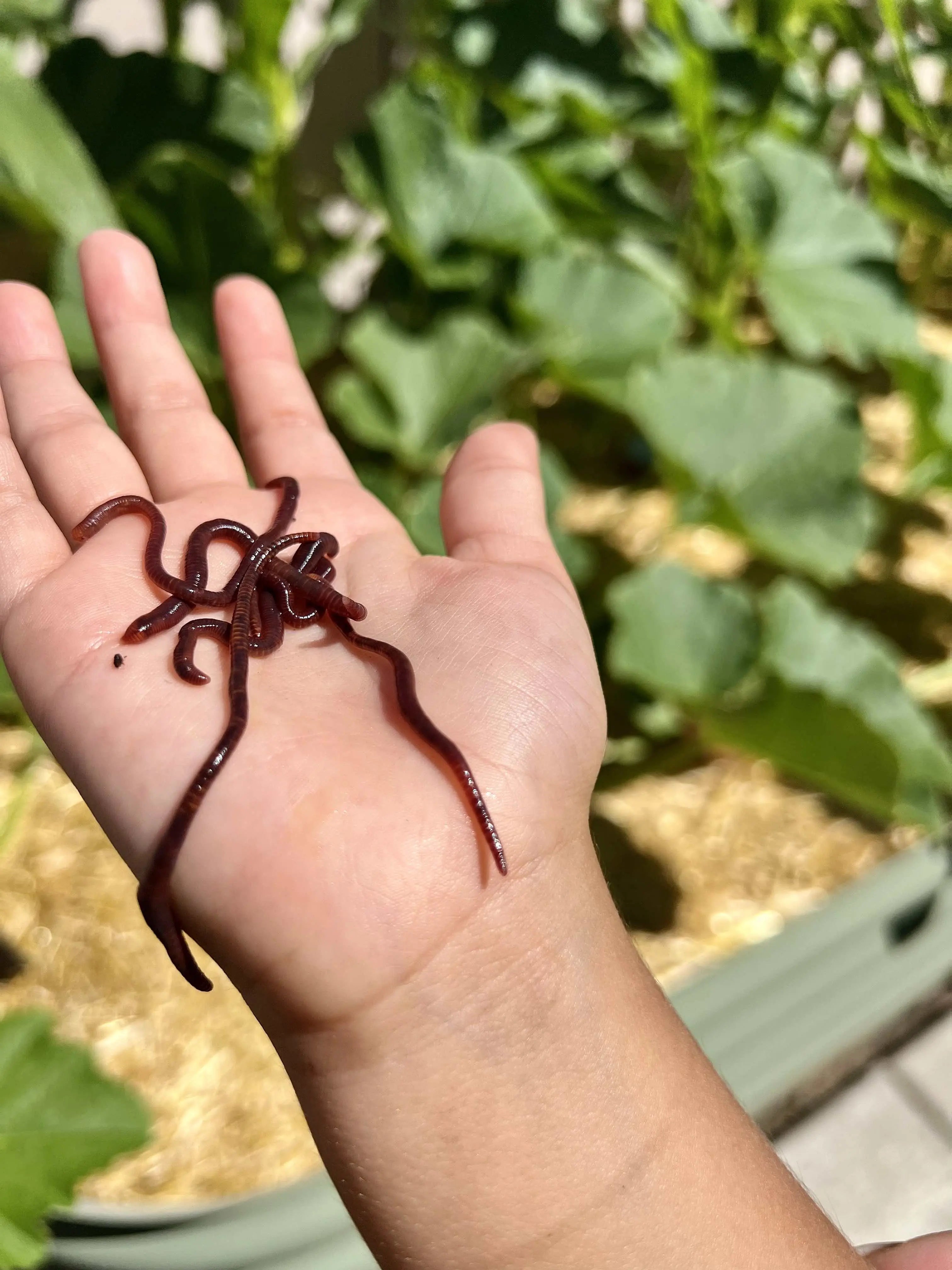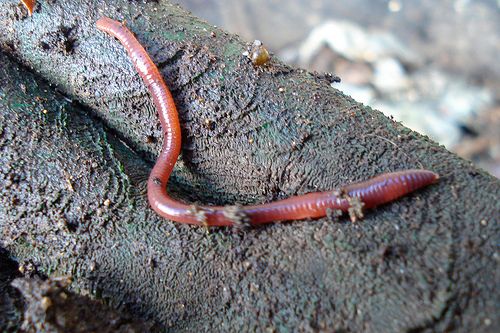Optimizing the Benefits of Red Wiggler Worms: A Comprehensive Manual for Home Gardeners and Urban Farmers
In the realm of sustainable gardening methods, red wiggler worms stand as unhonored heroes, quietly changing natural waste into nutrient-rich castings that can function wonders for soil health and wellness. As home gardeners and city farmers progressively look for eco-friendly and economical ways to enhance their yards, the prospective benefits of taking advantage of the power of red wigglers can not be overstated. From decreasing cooking area waste to cultivating healthier plants, the usage of these humble creatures offers a myriad of benefits. By discovering the intricacies of how to effectively take care of and make the most of the benefits of red wiggler worms, people can open a wealth of chances for improving the sustainability and productivity of their horticulture endeavors.
Understanding Red Wiggler Worms
Red Wiggler worms, renowned for their reliable composting capabilities, are a species of earthworms extensively utilized in vermiculture practices. These worms, medically referred to as Eisenia fetida, flourish in decaying organic material, making them suitable prospects for composting (Red Wiggler Worms). Red Wigglers are starved eaters, with the ability of consuming their very own weight in natural waste daily. Their digestion procedure breaks down natural issue right into nutrient-rich spreadings, which are a valuable resource for enhancing dirt and promoting plant growth.
One key feature of Red Wiggler worms is their reproductive rate. These hermaphroditic creatures have both male and female reproductive organs, permitting them to duplicate swiftly under favorable conditions. A mature Red Wiggler can create several children in a brief period, making sure a steady populace within a composting system.

Establishing Up a Worm Bin
When establishing a worm bin for vermiculture purposes, appropriate prep work and attention to information are essential for developing a favorable environment for Red Wiggler worms. Begin by selecting an appropriate container for your worm container.

Area the worm container in an amazing, dark place away from straight sunlight and extreme temperatures. By complying with these actions, you can set up a flourishing worm bin that will efficiently process natural waste right into nutrient-rich vermicompost for your yard.
Feeding and Preserving Worms
Guaranteeing a nutritious and balanced diet plan is essential for the health and efficiency of Red Wiggler worms in a vermiculture system. It is crucial to stay clear of feeding them citrus fruits, onions, garlic, dairy items, meat, and oily foods as these can be damaging to the worms or create undesirable odors in the container.
Proper wetness degrees are also vital for the well-being of Red Wiggler he has a good point worms. The bed linen should really feel like a moist sponge, offering sufficient moisture for the worms to take a breath through their skin. On a regular basis check the dampness degrees and change by including water or completely dry bed linen material as needed. In addition, maintaining proper temperature problems between 55-77 ° F(13-25 ° C )will certainly make sure ideal worm activity and reproduction. By carefully checking their diet plan, dampness, and environmental conditions, home garden enthusiasts and metropolitan farmers can maintain a efficient and healthy Red Wiggler worm populace for composting functions.
Collecting Worm Castings
To effectively remove nutrient-rich worm spreadings from the vermicompost, a systematic harvesting process is crucial for making best use of the composting benefits. Red Wiggler Worms. The primary step in gathering worm castings is to motivate the worms to move to one side of the container. This can be accomplished by putting fresh food scraps on one side and leaving the opposite undisturbed for a couple of days. As soon as the majority of worms have actually dodged with fresh food, the spreadings can be accumulated from the opposite side.
After the castings have actually been collected, it is necessary to divide any kind of continuing to be worms from go to my blog the castings to stay clear of damaging them during storage space or application. One efficient technique is to create conical stacks of castings under brilliant light. Worms will instinctively relocate far from the light, permitting for easy splitting up and elimination.
Lastly, the gathered worm castings ought to be stored in a cool, dark, and dry location to preserve their high quality and effectiveness as a nutrient-rich dirt modification. By following these steps, home gardeners and urban farmers can optimize the benefits of red wiggler worms in their vermicomposting systems.
Utilizing Worm Castings in Gardening
The incorporation of nutrient-rich worm castings into garden soil can significantly improve plant development and total dirt health and wellness. Worm castings, also called vermicast, are an all-natural plant food created by red wiggler worms as they damage down raw material. These castings are abundant in necessary nutrients like nitrogen, phosphorus, potassium, and helpful microorganisms that promote plant development and improve soil structure.
When using worm castings in horticulture, it is necessary to blend them extensively right into the soil or utilize them as a top dressing around plants. The slow-release nature of worm castings makes sure a consistent supply of nutrients to plants with time, decreasing the risk of nutrient leaching and advertising lasting soil fertility. Additionally, worm castings aid enhance dirt oygenation, water retention, and microbial activity, creating useful source a healthy and balanced atmosphere for plant roots to flourish.

Conclusion
In verdict, the usage of red wiggler worms in home horticulture and urban farming can dramatically benefit dirt health and wellness and plant development. By recognizing just how to set up and keep a worm bin, feed the worms properly, and collect their nutrient-rich spreadings, gardeners can maximize the benefits of these earthworms.
In the realm of lasting gardening techniques, red wiggler worms stand as unrecognized heroes, quietly transforming natural waste right into nutrient-rich castings that can work marvels for dirt wellness.When establishing a worm bin for vermiculture functions, proper prep work and focus to detail are important for developing a helpful environment for Red Wiggler worms. The very first step in gathering worm castings is to urge the worms to move to one side of the container. Worm spreadings, also understood as vermicast, are an all-natural plant food produced by red wiggler worms as they damage down natural issue. By understanding just how to set up and preserve a worm container, feed the worms correctly, and harvest their nutrient-rich spreadings, garden enthusiasts can make the most of the advantages of these earthworms.